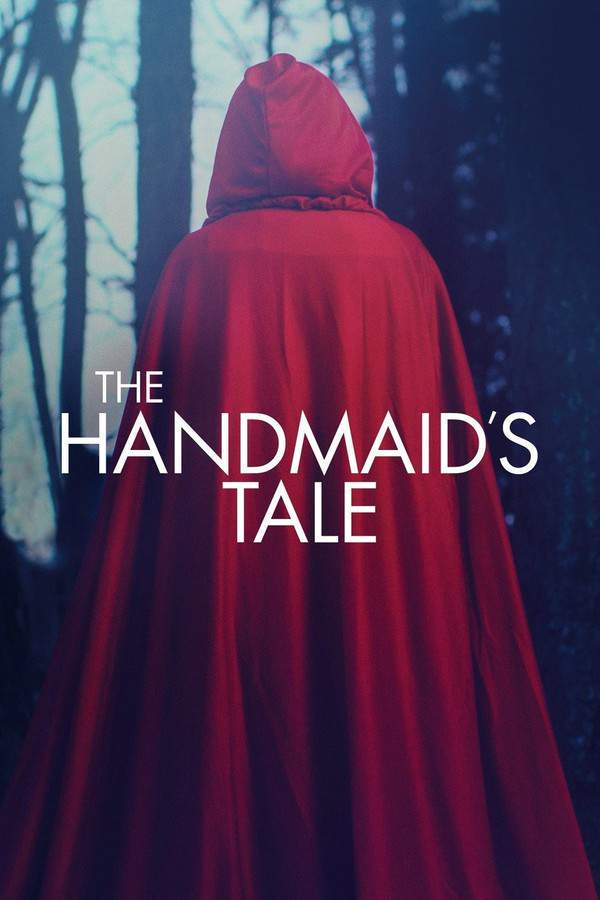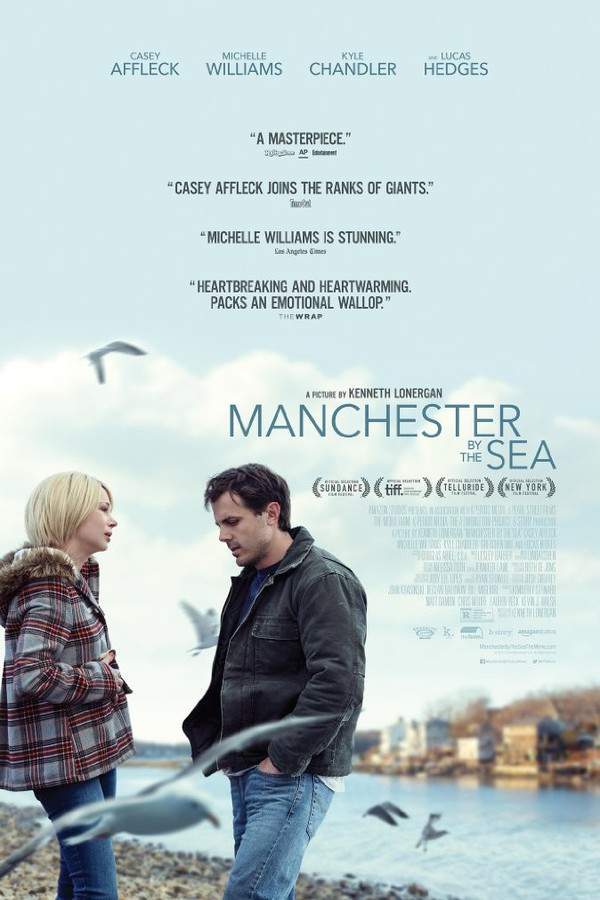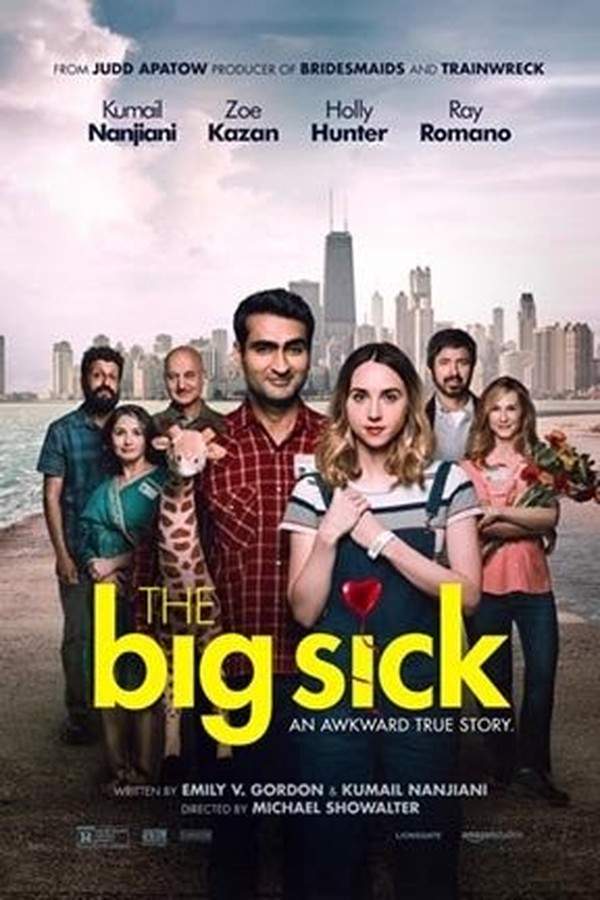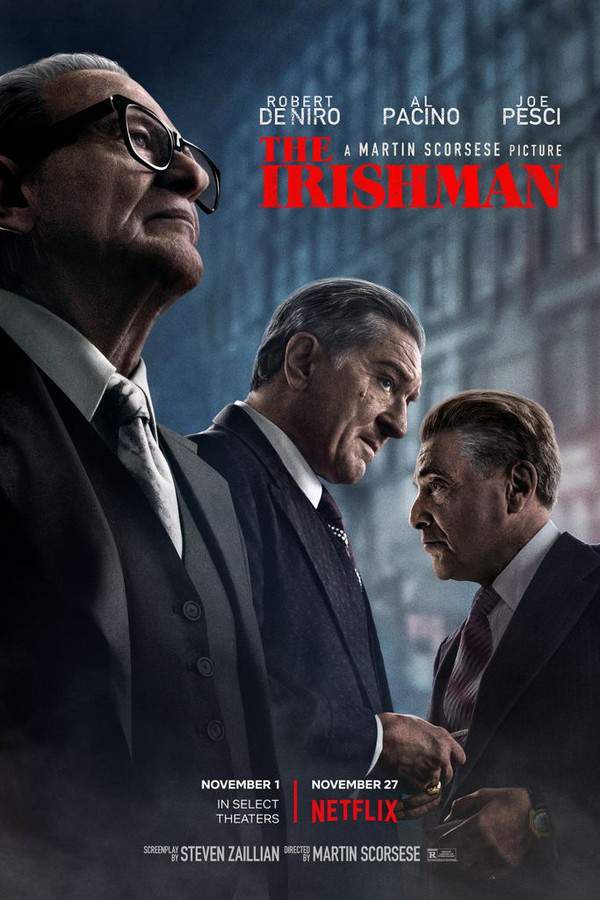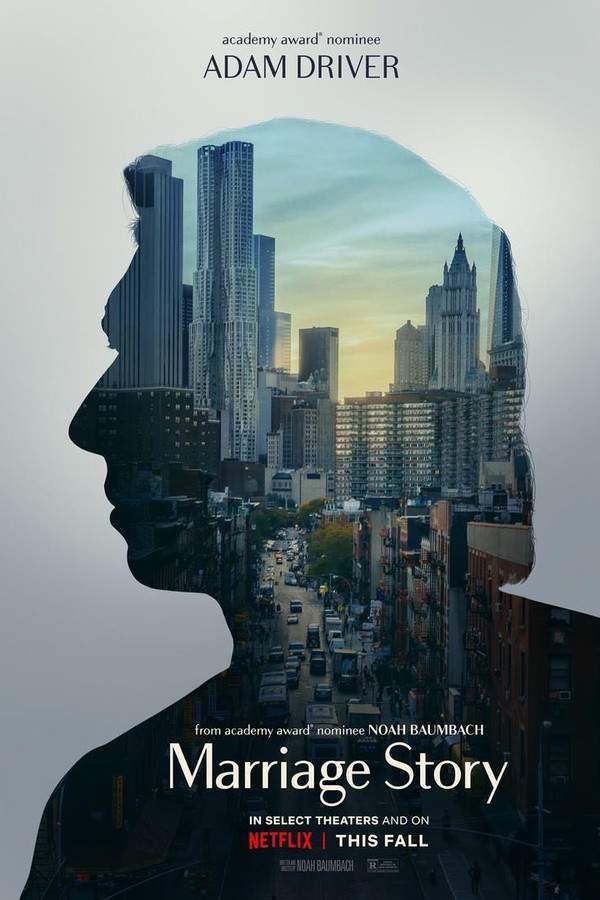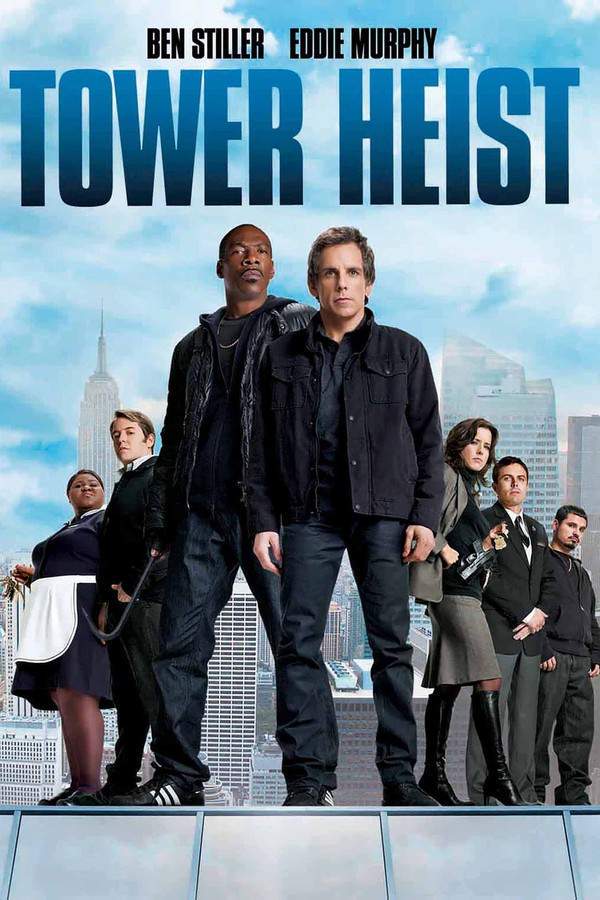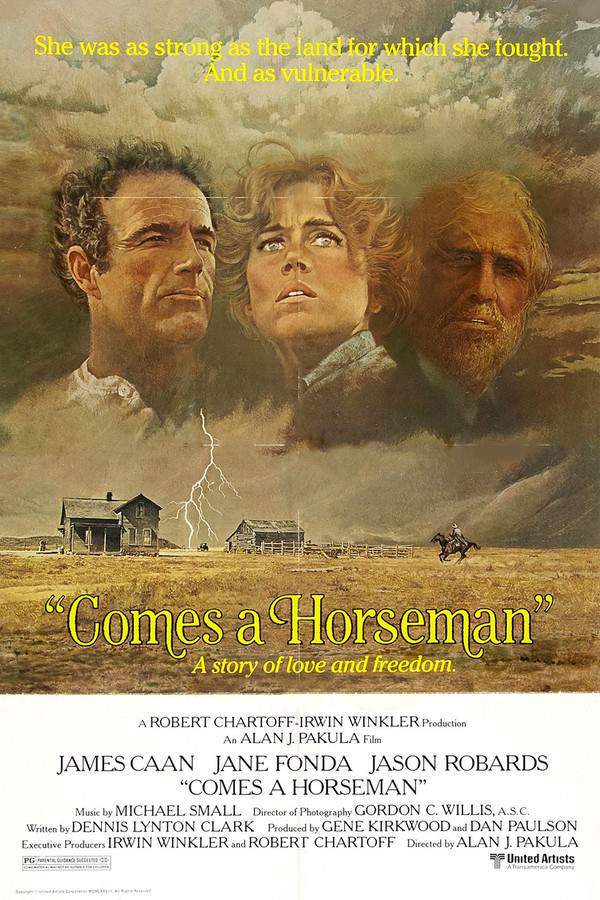What's After the Blog?
Streaming • Film Industry
The Rise of Streaming Services and Their Impact on Cinema
Discover how the rise of streaming services has reshaped the film industry, from changing audience habits to influencing movie production and distribution.
April 9, 2024

Movies mentioned in this article
The Rise of Streaming Services and Their Impact on Cinema
Introduction
The landscape of film and television has undergone a seismic shift in the last decade, predominantly due to the meteoric rise of streaming services. This phenomenon has revolutionized the way audiences consume media, altering not just how content is viewed, but also how it is produced and distributed. From the early days of digital streaming in the mid-2000s to the streaming giants of today, this evolution has been rapid and transformative. Services like Netflix, Hulu, and Amazon Prime Video have grown from niche offerings to major players in the entertainment industry, challenging the traditional paradigms of cinema and television broadcasting.
Streaming services started as a convenient alternative to traditional DVD rentals and cable TV, offering on-demand access to a vast library of films and TV shows. This ease of access, coupled with the advent of smart devices and improved internet connectivity, quickly made streaming a preferred choice for millions of viewers globally. The impact of these services has been profound, extending beyond consumer habits to influence the very fabric of the film and television industry. As streaming continues to gain momentum, it prompts important questions about the future of cinema and the way we engage with film as a cultural medium.
The Early Days of Streaming Services
The journey of streaming services began with companies like Netflix transitioning from DVD rental services to online streaming platforms. In its nascent stages, Netflix, along with Hulu and Amazon Prime Video, primarily offered content from existing film and television catalogs. This model was revolutionary as it provided users with instant access to a diverse range of content without the need for physical media or traditional broadcast schedules. The early success of these platforms was a testament to the growing appetite for on-demand entertainment, fundamentally altering viewing habits and expectations.
Netflix’s first foray into original content with House of Cards in 2013 marked a pivotal moment in the streaming era. The show’s release, with all episodes available simultaneously, not only challenged the traditional episodic format of television but also demonstrated the potential for streaming platforms to produce critically acclaimed, high-quality content. Following its success, there was a surge in original productions by streaming services, including hits like Stranger Things and The Handmaid’s Tale. These original series weren’t just popular; they were cultural phenomena, proving that streaming services could compete with - and even surpass - traditional film and television in terms of quality and impact.
Amazon Prime Video and Hulu also made significant strides, producing original content that garnered critical acclaim and award recognition. Amazon’s Manchester by the Sea and Hulu’s The Handmaid’s Tale are prime examples of streaming services’ ability to deliver content that resonates with both critics and viewers. These early successes laid the groundwork for a rapidly expanding landscape of streaming content, setting the stage for a diverse array of stories and voices to be heard in the digital age.
Streaming vs. Traditional Cinema: A Changing Landscape
The ascension of streaming services has significantly impacted the traditional cinema industry, altering the way movies are distributed and consumed. The convenience and accessibility of streaming have led to a noticeable shift in audience preferences, with many opting for the comfort of home viewing over the experience of a movie theater. This change has been particularly evident in the declining box office revenues and the closure of numerous cinemas across the globe. Streaming platforms, with their vast libraries and original content, offer a level of variety and immediacy that traditional theaters struggle to match.
One of the most significant impacts of streaming services is the change in release strategies for new films. Traditional theatrical release windows have been challenged, with some films now being released simultaneously in theaters and on streaming platforms, or in some cases, exclusively on streaming platforms. This shift was highlighted during the COVID-19 pandemic, when movies like Wonder Woman 1984 and Soul opted for digital releases, signaling a potential new norm for major film releases. The traditional model of cinema exclusivity is being reevaluated, as studios and producers recognize the growing importance of streaming in reaching a broader audience.
How have streaming services changed the way movies are produced and distributed?
Streaming services have not only altered viewer habits but also transformed the production and distribution landscape of cinema. The rise of streaming has democratized the filmmaking process, providing a platform for independent and international filmmakers who might have struggled to find distribution through traditional channels. This has led to an increased diversity in film content, with stories and voices from different cultures and backgrounds finding a global audience. Streaming platforms like Netflix and Amazon Prime Video have been instrumental in financing and distributing independent films, giving rise to critically acclaimed titles like Roma and The Big Sick.
The distribution model of streaming services also allows for more creative freedom, as filmmakers are not bound by the constraints of box office performance and theatrical runtimes. This has resulted in more daring and experimental content, as seen in movies like The Irishman and Marriage Story, which may have been deemed too risky or unconventional for traditional cinema. Moreover, the ability to collect and analyze viewer data enables streaming platforms to understand audience preferences better, leading to more targeted and personalized content creation. This data-driven approach, combined with the global reach of streaming services, has reshaped the dynamics of film production and distribution, making it a more inclusive and varied landscape.
The Economics of Streaming: Revenue Models and Subscriber Growth
The business model of streaming services represents a stark departure from traditional film economics. Unlike the box office revenue model, which is based on ticket sales, streaming platforms primarily operate on subscription-based revenue models. Services like Netflix, Hulu, and Amazon Prime Video charge a monthly fee, providing subscribers with unlimited access to their content libraries. This model has proven to be incredibly lucrative, as evidenced by the substantial subscriber numbers these platforms boast. Netflix, for instance, has amassed over 200 million subscribers worldwide, a testament to the appeal and success of the streaming model.
The financial health of streaming services is not solely dependent on subscriber fees. Many platforms have diversified their revenue streams through tiered subscription models, advertising, and content licensing deals. The introduction of ad-supported plans or additional charges for premium content (such as early access to films or exclusive series) has further expanded the economic landscape of streaming.
This shift in revenue models has had a ripple effect across the film industry. Traditional studios and filmmakers are now exploring partnerships with streaming platforms to secure funding and distribution for their projects. The direct-to-consumer model of streaming services also allows for a more consistent revenue stream, in contrast to the fluctuating box office earnings that theatrical releases are subject to. This economic stability is particularly appealing in a landscape where traditional cinema attendance can be unpredictable and influenced by external factors like economic downturns or global events.
Streaming and Accessibility: A Global Marketplace
One of the most significant impacts of streaming services is their role in making cinema more accessible on a global scale. Streaming platforms have broken down geographical barriers, allowing viewers from around the world to access a diverse range of content that was previously unavailable or hard to find. This global reach has not only benefited audiences but also filmmakers, who now have a platform to showcase their work to a worldwide audience. Streaming services have become a melting pot of cultures and stories, hosting films and series from various countries and languages.
This increased accessibility has led to the rise of international hits on streaming platforms. Series like Money Heist from Spain and films like Parasite from South Korea have gained international acclaim and popularity, something that would have been much harder to achieve through traditional cinema distribution. Streaming platforms have also invested in producing and acquiring international content, recognizing the growing appetite for diverse storytelling among global audiences.
The democratization of content through streaming services extends beyond just film and television shows. Documentaries, short films, and experimental content, which traditionally struggled for distribution and visibility, now find a welcoming platform in streaming services. This has led to an unprecedented level of diversity and experimentation in the types of content being produced and consumed, enriching the global film and television landscape.
Quality vs. Quantity: The Content Dilemma
The rapid expansion of streaming services has led to an unprecedented volume of content being produced, giving rise to the debate of quality versus quantity. With streaming platforms constantly vying for subscribers’ attention, there has been a noticeable surge in the production of films and series. This has sparked concerns about the dilution of content quality, as the pressure to continuously generate new material could potentially lead to a compromise in storytelling and production values. Critics argue that the emphasis on quantity might overshadow the pursuit of artistic excellence, leading to a landscape cluttered with mediocre content.
However, this proliferation of content has also been seen as a positive development, offering more choices to viewers and opportunities for creators. Streaming platforms have become a haven for diverse and unconventional stories that might not find a place in traditional cinema. Shows like BoJack Horseman and Fleabag are prime examples of unique narratives that flourished on streaming services. These platforms have enabled creators to explore niche genres and complex themes without the constraints of box office performance, leading to a richer and more varied entertainment landscape.
The debate between quality and quantity is a complex one, and streaming services continue to navigate this terrain. While there is a valid concern about content saturation, the democratization of storytelling and the breaking down of traditional genre barriers are undeniable advantages that streaming platforms bring to the table.
How is binge-watching affecting audience engagement with cinema?
The phenomenon of binge-watching, a viewing behavior heavily popularized by streaming services, has significantly altered audience engagement with cinema. The ability to watch multiple episodes or an entire series in one sitting has changed the narrative structure and pacing of content. This mode of consumption encourages the creation of more gripping and cliffhanger-driven storytelling, designed to keep viewers hooked for extended periods. While this can enhance the immersive experience for the audience, it also raises questions about the impact on viewer attention spans and appreciation for slower-paced, nuanced storytelling.
Binge-watching has also altered the traditional episodic release format, leading to a shift in how audiences discuss and engage with content. The communal aspect of watching and discussing a show over several weeks is being replaced by more immediate, but often more fleeting, interactions. This has implications for the cultural impact and longevity of films and series, as the continuous influx of new content can quickly overshadow previous releases.
Furthermore, the binge-watching culture has implications for the filmmaking process itself. Creators are now crafting stories with the knowledge that they may be consumed in a single sitting, potentially influencing everything from plot development to character arcs. This has led to a new breed of cinematic storytelling, one that is acutely aware of the changing consumption habits of modern audiences.
In conclusion, while binge-watching has undoubtedly made content more accessible and engaging for many, it also presents challenges to the traditional rhythms of cinematic storytelling and audience engagement.
The Future of Streaming and Cinema
As the landscape of film and television continues to evolve, the future relationship between streaming services and traditional cinema remains a topic of keen interest and speculation. The rise of streaming has undoubtedly changed the industry, but it has not diminished the unique appeal of the cinematic experience. Theaters continue to offer an immersive, communal viewing experience that many viewers still cherish. Predictions for the future suggest a coexistence, where streaming services and traditional cinemas complement rather than replace each other. Innovations in technology, such as Virtual Reality (VR) and Augmented Reality (AR), could further blur the lines between home and theater viewing, offering new and exciting ways to experience content.
The future may also see a greater synergy between streaming platforms and film studios. Collaborations for simultaneous releases or exclusive streaming debuts of big-budget films could become more commonplace. Additionally, the rise of niche streaming services catering to specific genres or interests indicates a trend towards more curated and specialized content. As audiences become more fragmented, the ability to cater to diverse tastes and preferences will be key to the success of streaming platforms.
Conclusion
The rise of streaming services has undeniably transformed the landscape of cinema, challenging traditional models and introducing new paradigms in content consumption, production, and distribution. While this shift has brought challenges, it has also opened doors to unprecedented opportunities for creativity, diversity, and accessibility in filmmaking. Streaming has democratized content, allowing stories from different cultures and communities to reach a global audience, enriching the cinematic tapestry.
As we look towards the future, it’s clear that streaming services will continue to play a significant role in shaping the film and television industry. However, the enduring allure of the cinema experience suggests that traditional theaters will remain a vital part of the cinematic landscape. The coexistence of these two mediums offers a diverse and dynamic future for film, one that embraces both tradition and innovation. Explore More on Film Trends
- For more insights into the evolving world of cinema and streaming, visit What’s After the Movie Blog and dive into a wealth of information about current and emerging trends in the film industry.
Continue reading

What's After the Movie?
Not sure whether to stay after the credits? Find out!
Explore Our Movie Platform
New Movie Releases (2025)
Famous Movie Actors
Top Film Production Studios
Movie Plot Summaries & Endings
Major Movie Awards & Winners
Best Concert Films & Music Documentaries
Movie Collections and Curated Lists
© 2025 What's After the Movie. All rights reserved.



